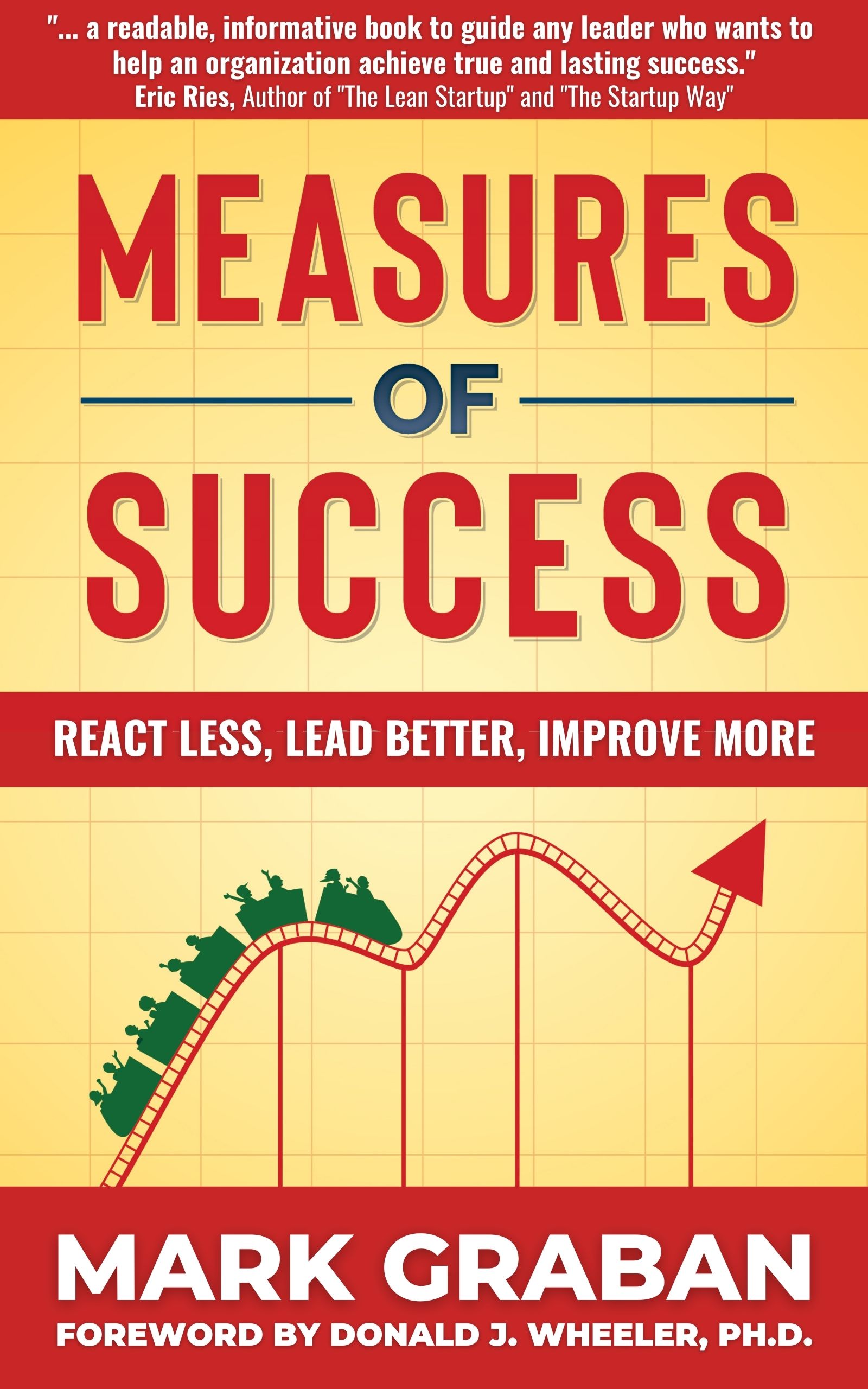The introduction, as it appears in the book:

This book presents a practical, simple method (“Process Behavior Charts”) that separates “signal” from “noise” in our metrics (a.k.a. “performance measures”), so we can learn when and how to evaluate and respond to our metrics appropriately over time. By using this method and overreacting less often (or reacting in different ways), we can stop wasting time and start improving more. This will also reduce frustration in the workplace and boost performance through higher morale and increased engagement.
I hope this book will be helpful to many types of readers, including those who will create Process Behavior Charts (including analysts, process improvement specialists, quality department staff, etc.) and those who will primarily consume and use such charts and metrics (including managers, executives, business owners, venture capitalists, and more).
Chapter 1 introduces the idea of “what gets measured gets managed,” but takes a deeper dive into what “managed” means. Topics in the chapter include choosing the right metrics, the danger of arbitrary targets, and the case for why Process Behavior Charts matter: leaders and employees can waste less time “chasing the noise” in a metric, which allows them to spend more time on systematic and sustainable improvement.
Chapters 2 and 3 introduce the Process Behavior Chart method and how to use such charts. Comparisons are drawn to some common existing methods for tracking metrics and evaluating performance against targets. Why are Process Behavior Charts more effective than two-data-point comparisons, “Bowling Charts,” and the like?
Chapter 4 connects charts and metrics to our goals of improvement and success. The chapter explores methods for turning an unpredictable system into a predictable system by reacting to signals and, then, how to improve a predictable system in less-reactive ways.
Chapter 5 is a narrative description of an exercise that’s effective in learning how to understand variation: the “Red Bead Game” that was made famous by the late, great Dr. W. Edwards Deming. Readers will have a chance to reflect on some of the common management tactics that are generally ineffective in a real workplace.
Chapter 6 shows how Process Behavior Charts can be used to better investigate situations that are posed in news headlines. How are comparisons between two data points sometimes misleading? Does the “highest number in X years” mean that there’s a significant shift in our data?
Chapter 7 further compares Process Behavior Charts to common management methods and analysis approaches, including linear trend lines, column charts, and more.
Chapter 8 comes back to workplace case studies and how we would use Process Behavior Charts to make better management decisions.
Chapter 9 explores ideas related to change management and successfully introducing a new method into an organization.
Appendix A takes a deeper dive, for those who need it, into the process and method for creating Process Behavior Charts.
The book also includes 10 “Key Points” that will be introduced and revisited, along with three “Core Questions” that we should ask about systems and metrics.
